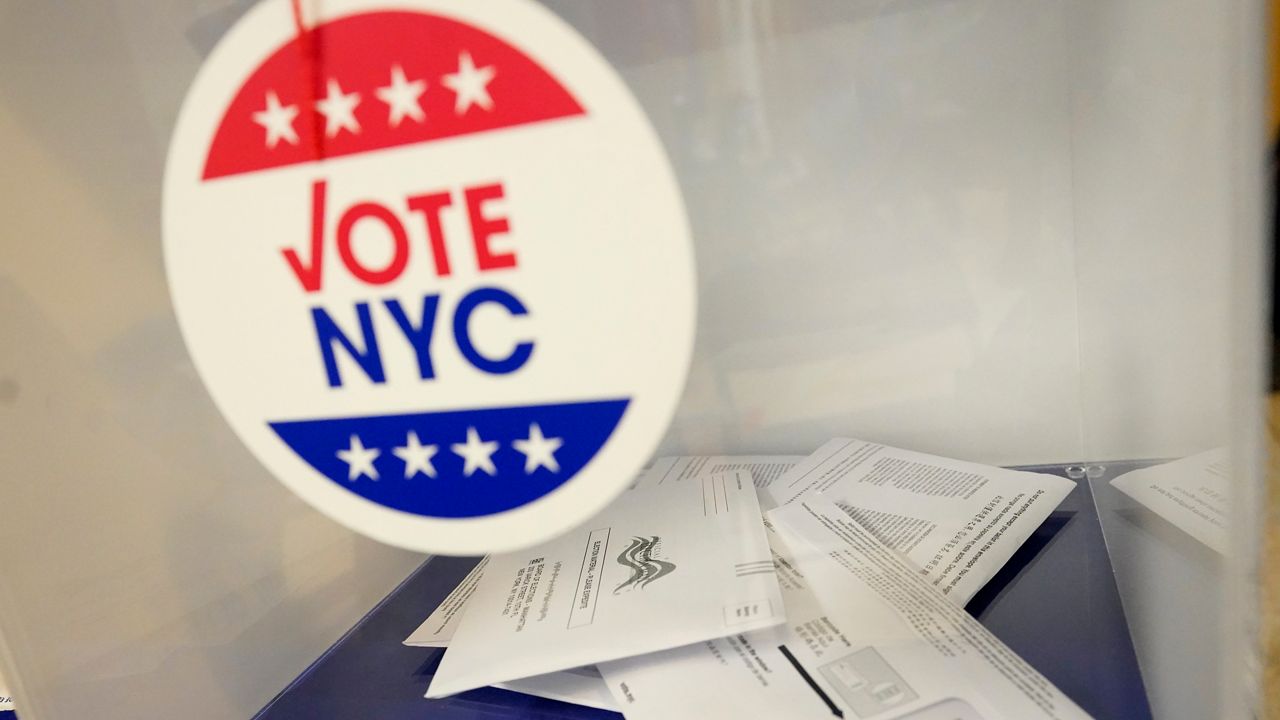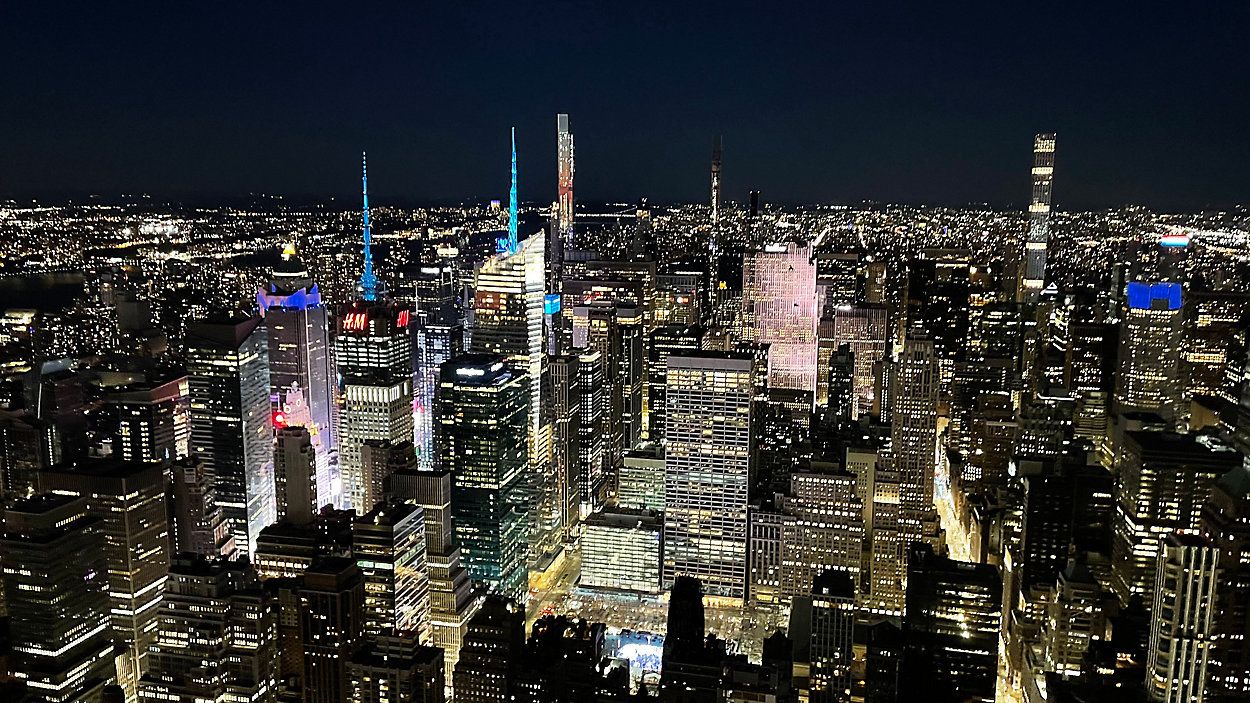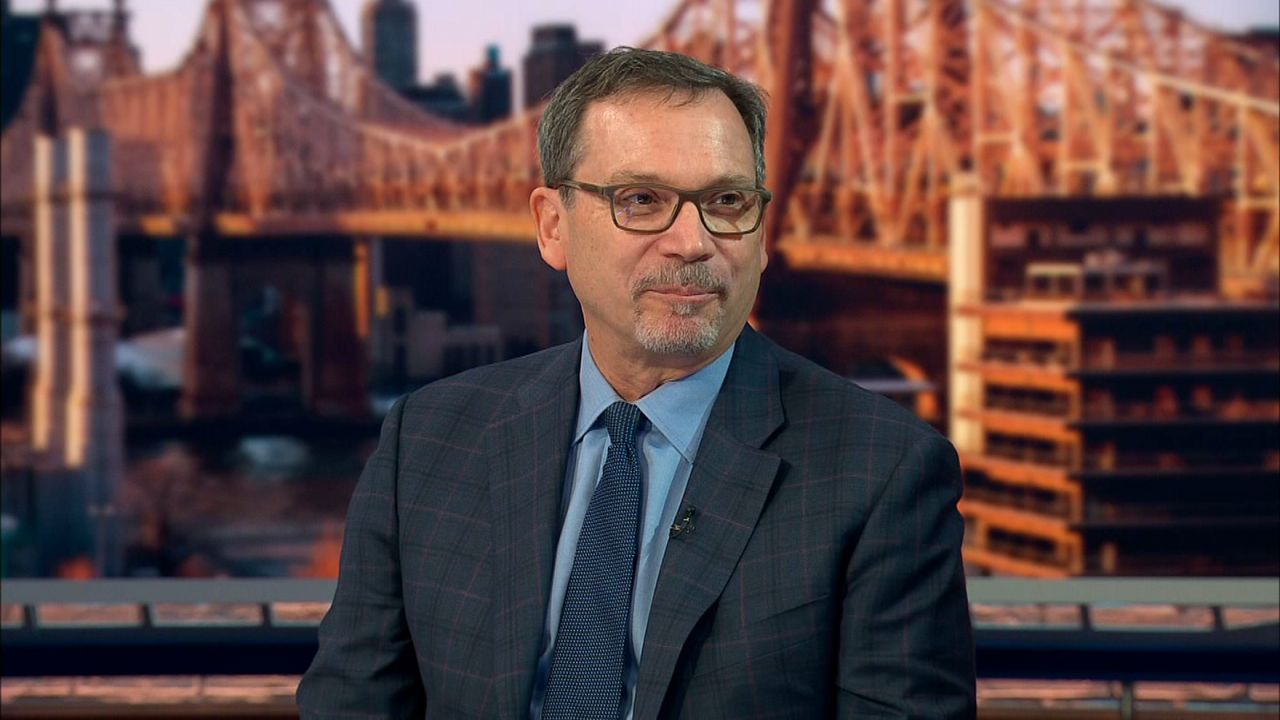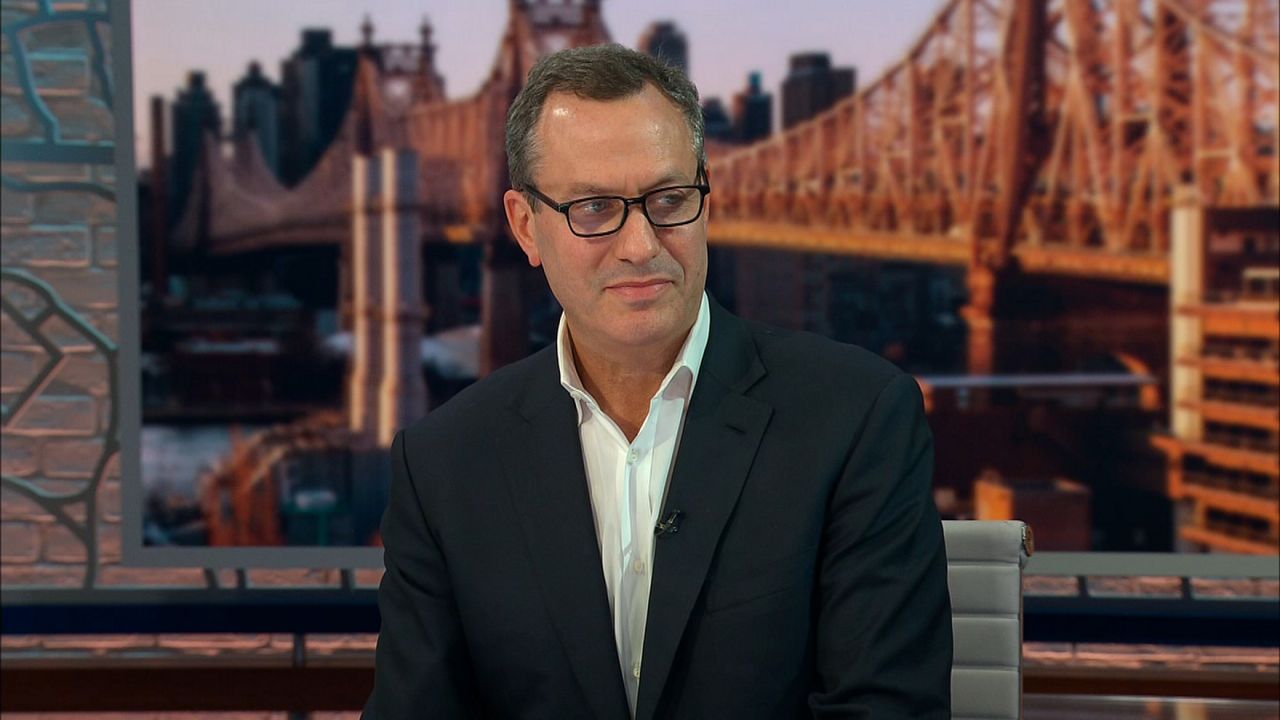In the 2022 midterm election, voters in New York City will have four ballot measures to consider alongside their choices of candidates vying for city, state and federal offices.
One of the measures is a question facing voters across the state. The remaining three are focused on New York City.
The first measure will determine whether voters authorize the state to issue more than $4 billion in bonds to fund climate and environment projects. The three city initiatives were recommended by the Racial Justice Taskforce formed by former Mayor Bill de Blasio in the wake of the protests following George Floyd’s murder in 2020.

Last year, a quarter of the million city voters who participated did not cast a vote on the five measures included on that ballot, according to the city’s Campaign Finance Board — and statewide, voters struck down initiatives on same-day voter registration, absentee voting and redistricting.
Experts say they hope voters pay attention to the 2022 initiatives, since they will effectively work in tandem. If the city can more effectively make racial equity central to its policymaking and planning, it could help direct funding from the bond act to resiliency and anti-pollution projects in the most vulnerable neighborhoods, according to Rebecca Bratspies, a professor of environmental law at the CUNY School of Law.
“They’re the culmination of years of work and dedication of people that are trying to respond to the past and build for the future,” Bratspies said. “I just hope that people pay attention.”
Here’s your guide to the four ballot initiatives of 2022:
The state bond act for climate resiliency and pollution
A yes vote on this initiative authorizes the state to seek $4.2 billion by issuing bonds, with the money being divided up into several large buckets of spending over five to 10 years:
- $1.5 billion for pollution reduction; wetland protection; retrofitting; green energy projects; zero-emission school bus fleets; and urban forestry programs
- $1.1 billion for shoreline restoration; safeguarding flood-prone infrastructure; and ecological restoration programs
- $650 million for land and fish hatchery conservation
- $650 million for sewage infrastructure; reducing storm and agricultural runoff; and addressing algae blooms
The act also says its goal is to have 40% of the revenue directly benefit “disadvantaged communities.”
This money, experts say, is a drop in the bucket compared to what the state needs to spend in total on these kinds of projects in the coming years and decades. But having this kind of money available to spend would allow the state to more easily secure large federal grants, and match it to local funding and private dollars, in some cases, Bratspies said.
The state estimates that the bond act could fund projects that would create 84,000 total jobs during the spending time frame.
“Done right, this is the seed of a transformation,” Bratspies said. “It’s not the transformation, but it could be the driving force for it.”
Adding a new preamble to the city charter
Voting yes on this measure would authorize New York City government to amend its charter — its basic rulebook — to include a preamble that emphasizes the city’s commitment to diversity.
The beginning of the preamble reads:
“We, the people of New York City, declare that our city is a multiracial democracy, and that our diversity is our strength. We honor and respect the cultures, languages, and histories of all who call and have called this land home, and we celebrate their revolutionary imagination, courage, and resiliency.”
You can read the full preamble text here.
The new preamble would not have any force of law. But the Racial Justice Commission, in recommending this preamble, suggested that it could serve “guide City government in fulfilling its duties.”
As the first of the commission’s three recommended ballot measures, the preamble represents their broad aim to make eliminating — and fixing the harm caused by — racist policymaking, said Tolu Lawal, a legal fellow at the Center on Race, Inequality and the Law and NYU’s School of Law.
“Codifying these ballot initiatives would indicate that racial equity isn't auxiliary or ornamental, but that the city is expressing a commitment to racial justice as a core governmental responsibility,” Lawal said.
Creating a new city office of racial equity
Voting yes in this initiative would allow the city to create a mayoral office of racial equity, as well as require a series of biennial reports on racial equity from that office and each city agency. The initiative would also create a permanent Commission on Racial Equity that would offer input on city planning and policy.
The office would pull data related to racial equity from city agencies and organize that data to inform budgeting and agency work. The first Racial Equity Plan would be due in April 2024.
This is the initiative with the most promise, as well as the most potential for disappointment, said Penelope Andrews, a professor at the New York Law School.
The effectiveness of the office would depend, she said, on the resources given to it to carry out its work, as well as on the buy-in from agencies to contribute the necessary data and act on the office’s recommendations.
“It’s making a profound statement. But it all depends on the resources,” Andrews said. “I do worry that the symbolism may outshine the substance.”
The measure, she noted, does not come with significant legal teeth: Agencies are not required to make racial equity a central component of their work.
Indeed, Lawal said she worried that one side effect of the new mayoral office would be that agencies “take their feet of the gas” when it comes to implementing racial equity policies, and focus their efforts instead on simply collecting metrics.
Still, she said, this would be a historic change in how the city thinks about racial justice, since it would be the first governmental office focused entirely on measuring and monitoring it.
Requiring the city to measure the “true” cost of city life
Voting yes on this measure would require the city to develop a new metric to inform policymaking: tabulating the “true cost of living” for New York City. The metric would not take into account public or private assistance, such as housing vouchers, and would consider “housing, child care, child and dependent expenses, food, transportation, healthcare, clothing, general hygiene products, cleaning products, household items, telephone service, and internet service.”
The Racial Justice Commission said this kind of metric is necessary because even existing governmental measurements designed to more accurately capture the costs of city life include public assistance.
“The True Cost of Living refocuses the conversation away from poverty, or the poorest of life’s conditions, towards an emphasis on dignity,” the commission wrote in its final report. “The measure could be utilized in advocacy, labor negotiations, and, where appropriate, setting new eligibility standards for programs and benefits.”
Andrews said that while trying to tackle the cost of living in the city is an immense undertaking, creating this new measurement could make setting goals around reducing poverty somewhat easier and more doable.
As with the other ballot initiatives, Tawal said, this new metric’s success depends on how well the city integrates it into its usual business — and how much the public holds them accountable for it.
“It’s up to the people to continue holding the government’s feet to the fire, and saying, ‘Just because you created this agency doesn't mean your work is done,’” she said.








